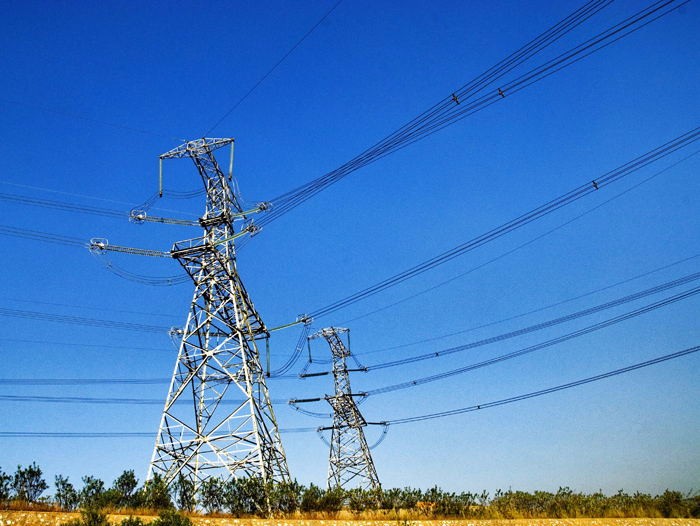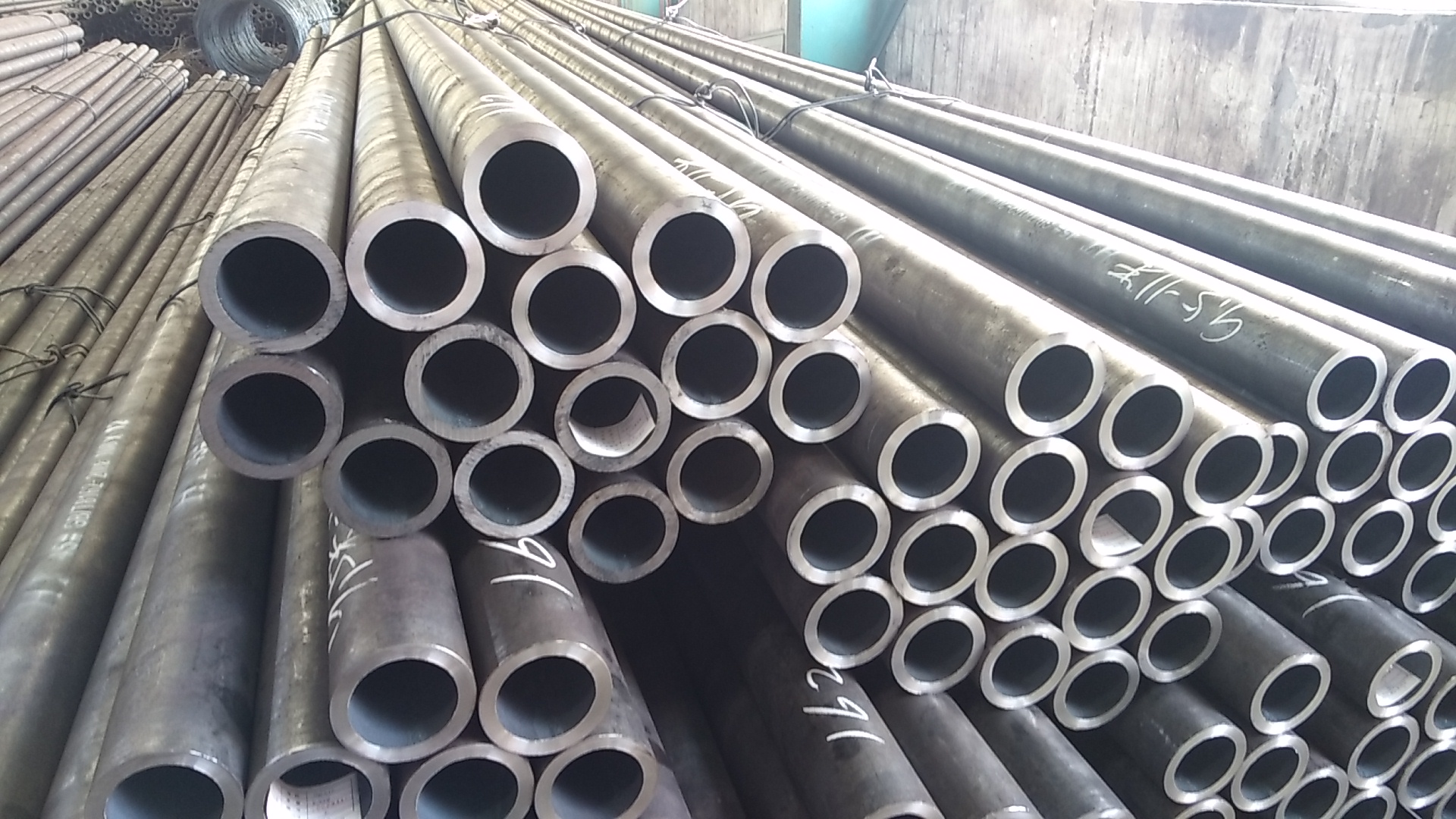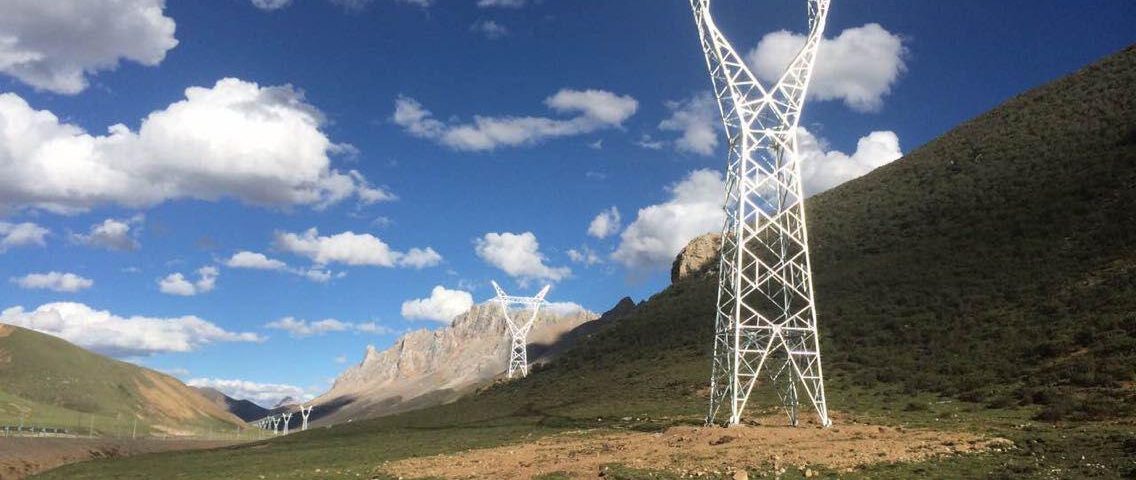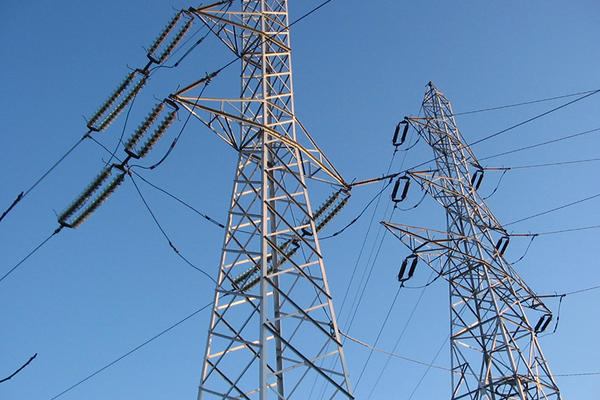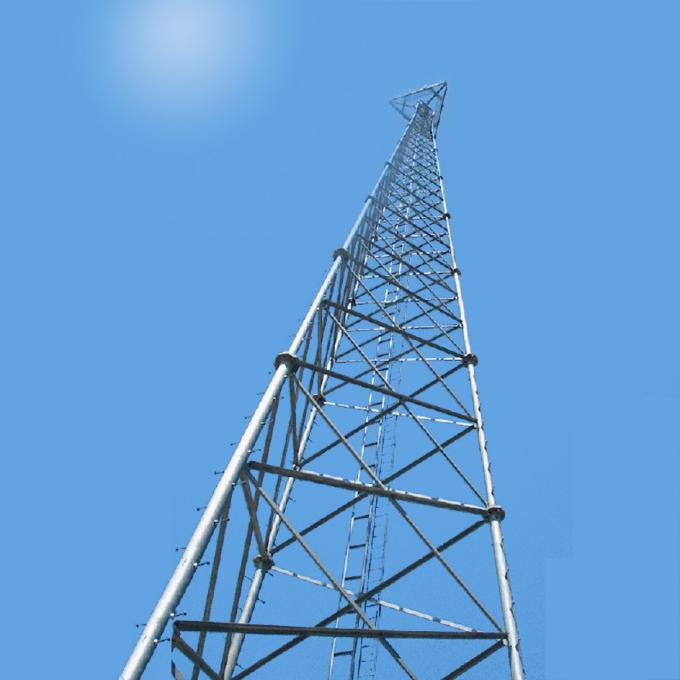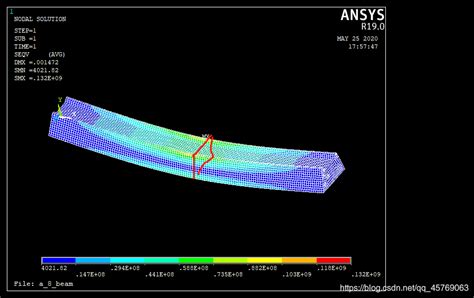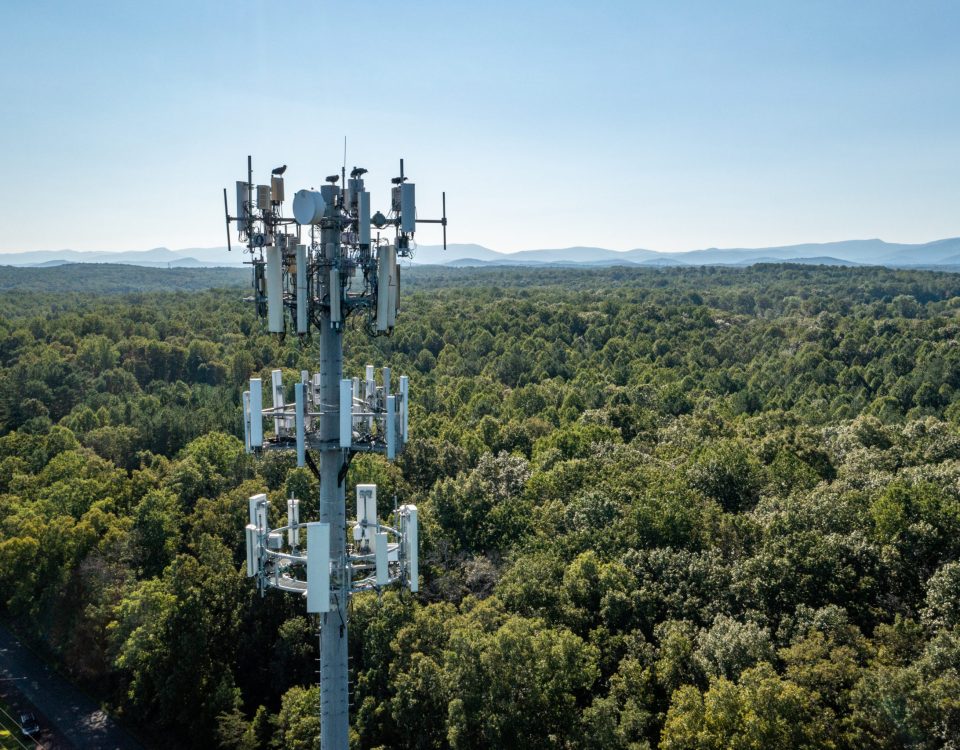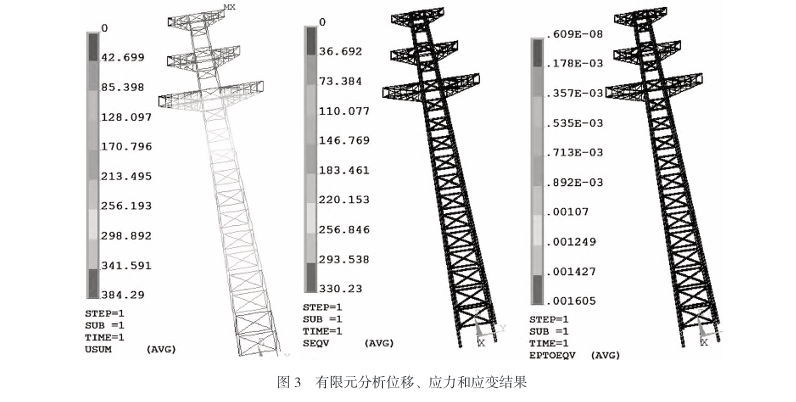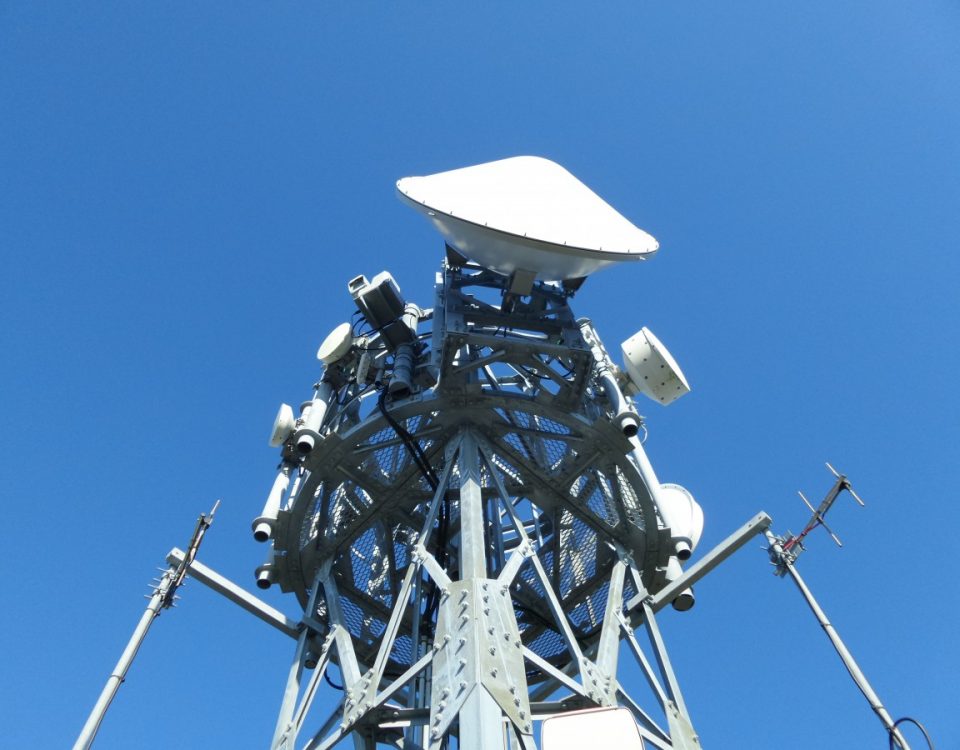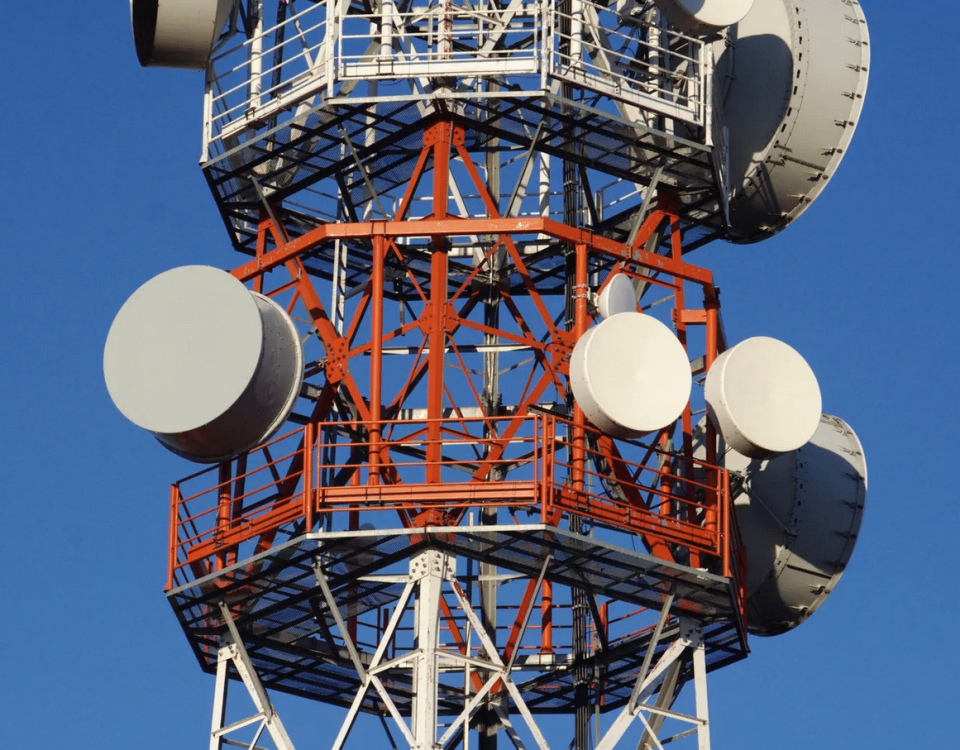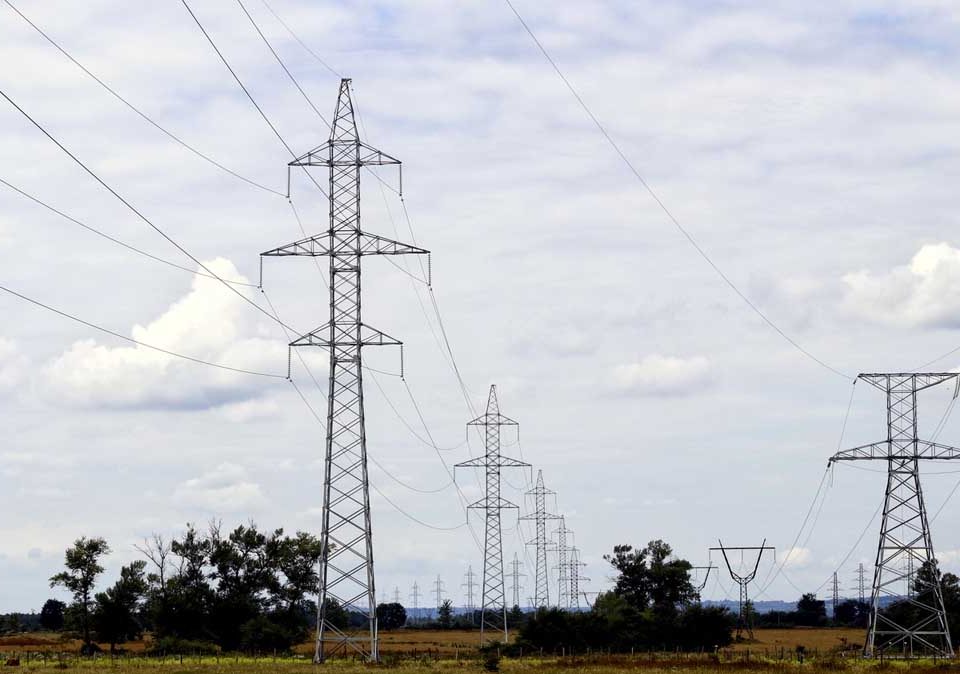Which part of the power line route constitutes?
Everyone is no stranger to the transmission lines. In the city’s iron and steel forests and on country lanes, we can often see many transmission towers and utility poles. In fact, their professional name is overhead power lines. At present, overhead lines are mostly used for high-voltage power transmission and rural distribution lines.
Overhead lines: conductors, insulators, fittings, towers and foundations, lightning conductors and grounding devices.
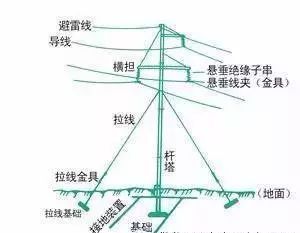
Conductor : Conducts current, which is an essential part of the line.
Insulators : When the conductor conducts current, keep the three phases insulated from each other and ground.
Tower : It is to erect the wire so that the wire has a certain distance from the ground and its three phases.
Gold fittings : connecting the wires and insulators, and attaching them to the metal fittings on the tower.
Lightning conductors: Prevent lightning from directly hitting the conductors.
Grounding device : Connect the lightning conductor with the soil and introduce the lightning current into the ground.
PS: Actually, in addition to the overhead power lines that we can see everyday, there are many underground cables. The cable has a small footprint, reliable power transmission, and strong anti-interference ability, but it is difficult for ordinary people to see it once.
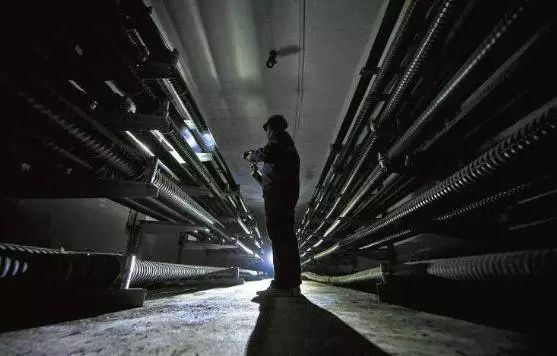
Underground cable camera / Lu Jia
The distinction between high pressure, ultra high pressure and ultra high voltage
Why do you want to divide so many voltage levels?
In the early stages of the development of the power industry, power plants were generally built near power users. With the expansion of the scale of power production and the size of load centers, the transmission capacity is also increasing, and the transmission voltage is getting higher and higher.
In China, the voltage level of the transmission grid is generally divided into high voltage, ultra high voltage and UHV.
Specific divisions in different voltage levels:
In the AC voltage class , high voltage refers to 110 kilovolts and 220 kilovolts; ultra high voltage refers to 330 kilovolts, 500 kilovolts and 750 kilovolts; UHV refers to 1000 kilovolts.
In the DC voltage class , ultra-high voltage means ±500 kV and ±660 kV, UHV means ±800 kV. One thousand kV AC voltage has become the national standard voltage.
How can one see through the line voltage level?
For ordinary non-electrical professionals, how can different voltage levels be distinguished by naked eyes?
The more insulators, the higher the voltage level.
The minimum number of insulators for a suspension insulator string required to operate overvoltage and lightning overvoltage at different voltage levels at altitudes of 1000m and below is: 7 sheets of 110 kV, 13 sheets of 220 kV, and 17 sheets of 330 kV , 500 kV 25, 750 kV 32.
“Look at Pagoda, Hope Line”
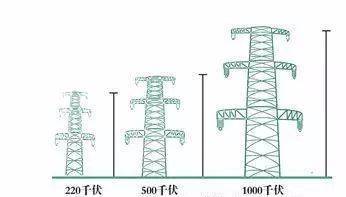
High-voltage grade lines require a greater safety distance and must be taller, and only the tower can afford to weigh several tens of tons.
In addition: the higher the voltage level, the greater the vertical distance between the upper and lower wires, and the higher the distance from the ground.
Simple and direct and effective: Look at the tower
The sign above the tower has the voltage level of the circuit. The first one is 110 kilovolts, the second one is 220 kilovolts, and so on. The fifth one is 500 kilovolts.
Why are there different types of transmission towers?
The type of tower is related to many factors such as the transmission voltage, the number of loops, the type of lead, the ground, and the installation method. In the eyes of ordinary people, the most intuitive difference is the tower shape.
According to China’s transmission tower design specifications, China’s transmission towers can be divided into cup-type towers, cat-type towers, dry-type towers, drum towers, etc. according to the tower type.
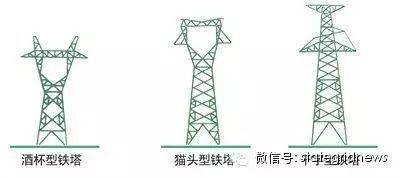
Wine cup type towers are generally used for power transmission lines at voltage levels of 110 kV and above, and are particularly suitable for heavy ice or more mine areas.
The Cat-type tower is also a common tower type for transmission lines with voltage levels of 110 kV and above. Its advantage lies in its ability to save line corridors.
The dry type tower is mainly used as a tension tower and a corner tower because of its clear, direct, economical and practical stress conditions. It is a common tower type for transmission lines with voltage levels of 220 kV and above.
The double-loop drum tower is a commonly used tower type of the double-loop tower. Applicable to heavy ice-covered areas, avoiding flashover accidents when the wire is removed from ice.

